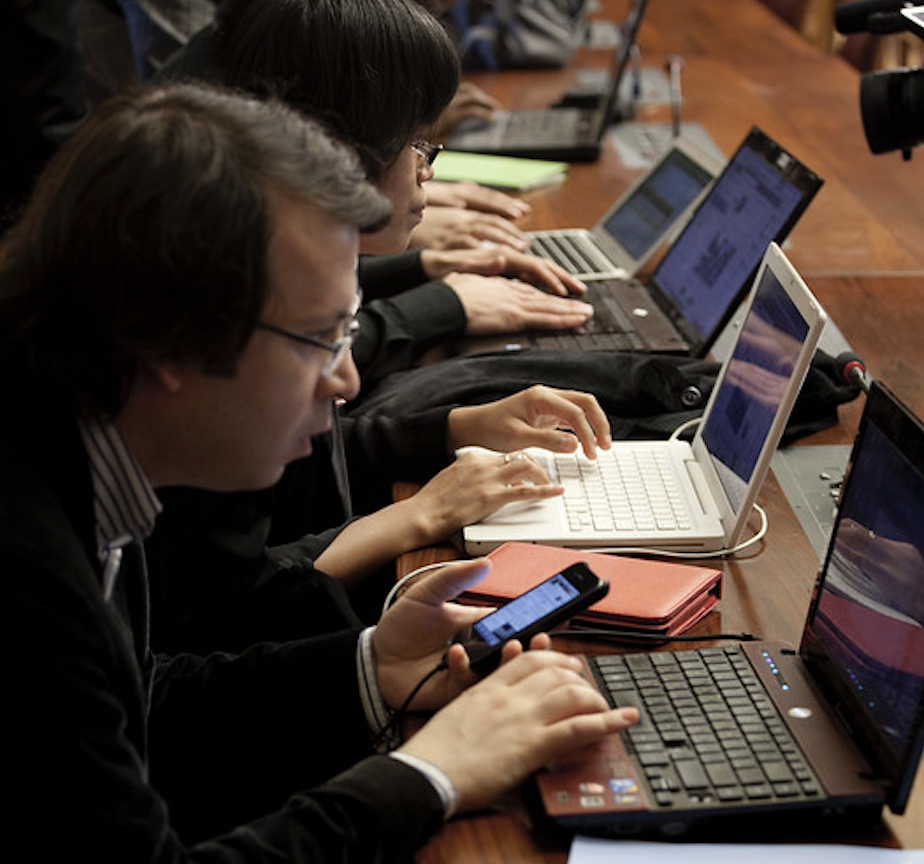Team-Based Literature Reviews

This is a three-week exercise with two steps:
Step #1: Integrate Existing Course Articles into a Review
Working in teams, write a literature review that incorporates the sources we already referenced:
- Generative AI in Higher Education: Seeing ChatGPT Through Universities’ Policies, Resources, and Guidelines
- Higher education’s essential role in preparing humanity for the artificial intelligence revolution
- Experts Predict the Impact of AI by 2040
- Who wrote this? Essay mills and assessment – Considerations regarding contract cheating and AI in higher education
- What Students Want: Key Results from DEC Global AI Student Survey 2024
- The Unpleasantness of Thinking: A Meta-Analytic Review of the Association Between Mental Effort and Negative Affect.
- The Future of Human Agency
Step #2: Establish Teams to Research Other Pertinent Topics
Sign up for a Team. These should be new teams. Each team will engaged in strategic research regarding one of the following topics:
- For Team 1, Be sure to include Everett M. Rogers, David Bolter, and Dennis Baron
- For Team 2; Marshall McLuhan, Walter Ong, Gregory Ulmer
- For Team 3; The Future of Human Agency
- For Team 4; NYT v. OpenAI: The Times’s About-Face
Please sign up for one of the teams/topics below by adding your name in the right column. Only 4 people/team.
| Provide a link to your Team’s work here | Topic | Add Your Name Below |
| Team 1 | History of Adoption of Technologies and adoption. Research Question: In human history, how does society respond to new writing technologies? The papus, bark? Paper? pinting press? | |
| Team 2 | Effect of AI on Cognitive Development: Research Question: Do students offload their thinking when the use AI — Cognitive Offloading? Does AI diminish cognitive development? | |
| Team 3 | AI, Labor, and Human Agency: Research Question: Does AI diminish or advance human agency | |
| Team 4 | Ethics and AI-Assisted Writing: Research Question: Is it possible for students and professionals to write ethically with AI? What is the line between plagiarism and academic integrity? |
Step #3: Strategic Research + Individually Authored Annotated Bibliographies
Each group member should search independently on a different search engine to identify four canonical texts on the topic they are researching. To identify the sources to annotate, working independently, each group member should use Google Scholar, ChatGPT, Elicit, Perplexity, and Claude
On the Team’s shared gDoc page, each group member should write a 100-word annotated bibliography — summary as opposed to evaluate style — share it on a shared Google doc the Team creates for this exercise. The annotations should include the reference in APA 7 and about a 100 word summary of each source’s research question, methods, and pertinence to the topic — what it offers to the discussion, what makes it unique, substantive, maybe even canonical.
Step #4 — A Substantive Literature Review with at Least 17 Sources
Okay, so you’ve already written a literature review that incorporates the sources we already referenced —
- Generative AI in Higher Education: Seeing ChatGPT Through Universities’ Policies, Resources, and Guidelines
- Higher education’s essential role in preparing humanity for the artificial intelligence revolution
- Experts Predict the Impact of AI by 2040
- Who wrote this? Essay mills and assessment – Considerations regarding contract cheating and AI in higher education
- What Students Want: Key Results from DEC Global AI Student Survey 2024
- The Unpleasantness of Thinking: A Meta-Analytic Review of the Association Between Mental Effort and Negative Affect.
- The Future of Human Agency
And, each member of a Team has written an annotated bibliography on four additional sources.
Now, for this enhanced, more substantive literature review, I’d like you to weave into your reviews the information you learned from writing all of those annotated bibliographies. However, here I want you to be selective and only integrate the best of the new sources you found about those four new topics.
Thus, this new collaboratively-authored literature review should include the seven sources originally reviewed and then at least eight new sources — potentially one from each group member. So, if there are 4 group members, the references and matching intext citations should have 15 sources, either paraphrased, quoted or summarized. Note: One big “power citation” (an intext citation of all of those sources attached to a single sentences) is prohibited.
Submission Instructions
There are two ways you need to submit this literature review:
Provide a link to your team’s literature review below:
- Team 1
- Team 2
- Team 3
- Team 4
References
Throughout the course, as of the Teams weekly meetings, students engage in critical analysis of multiple scholarly studies, theories, and research studies on the impact of AI on education, cognition, and writing. For this creative challenge, students work individually to write an annotated bibliography and then work collaboratively to write a literature review that paraphrases, quotes, and cites at least 17 sources on topics such as the history of adoption of technologies, the effect of AI on cognitive development, the effect of AI on human agency, and the ethics of AI-assisted writing.


